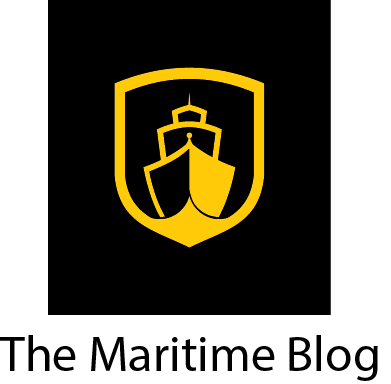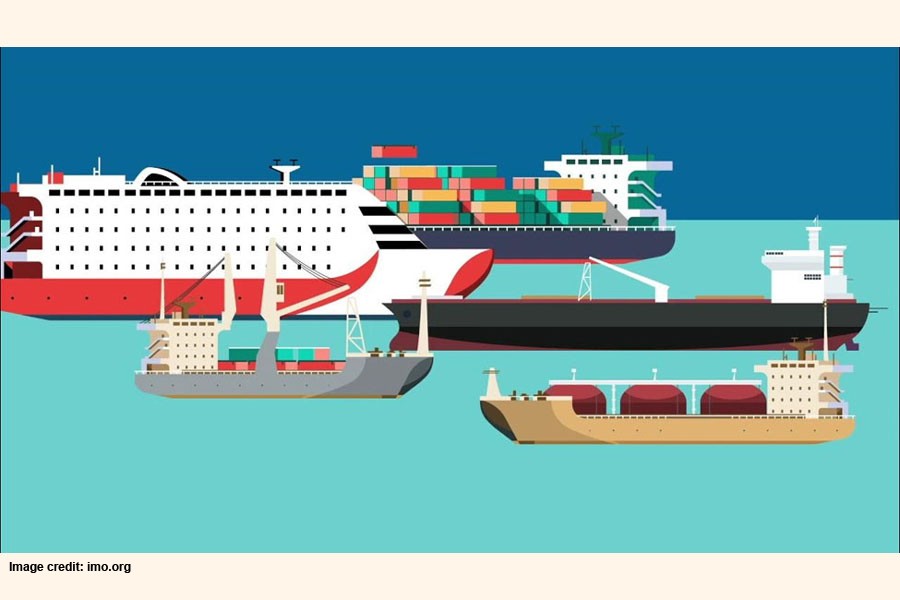 The tanker market was mixed during September, as smaller classes like the Suezmax and Aframax benefitted from the hurricane seasons, while VLCCs were flat, as oversupply issues still hampered the segment’s recovery, said OPEC in ints latest monthly report.
The tanker market was mixed during September, as smaller classes like the Suezmax and Aframax benefitted from the hurricane seasons, while VLCCs were flat, as oversupply issues still hampered the segment’s recovery, said OPEC in ints latest monthly report.
Dirty tanker market sentiment was mixed in September. On a m-o-m comparison, dirty tanker freight rates were up by 4%. This gain was a result of higher rates for Suezmax and Aframax, while VLCC rates remained flat. Overall dirty tanker market remains influenced by an oversupply of ships, with charterers continuing to keep the market generally under pressure. Earnings for dirty tankers were mostly weak as the market maintained its seasonal low tonnage demand as it comes out of the summer months. Nevertheless some gains were achieved in Suezmax and Aframax classes driven by transit delays in the Turkish straits and port delays in the Mediterranean. Additionally, freight rates did gain some ground in September due to the hurricane season.
Average clean tanker spot freight rates also evolved positively in September despite, although the gains were limited. Marginally enhanced rates registered in the East of Suez, while in the West of Suez gains were partly driven by higher bunker prices.
Spot fixtures
Global spot fixtures rose by 3.4% m-o-m in September. OPEC spot fixtures also increased in September, up by 0.75 mb/d, or 5.3% m-o-m, averaging 14.92 mb/d, according to preliminary data. The gains in fixtures were mainly registered on Eastern routes. Fixtures on the Middle East-to-East bound destinations were up 4%, or 0.31 mb/d, m-o-m. In the Middle East-to-West, fixtures dropped by 0.04 mb/d m-o-m. Fixtures outside of the Middle East went up by 11.1% m-o-m. Compared with the same period one year earlier, all fixtures were higher with the exception of Middle Eastto-West fixtures, which dropped by 8% from the previous year.
Sailings and arrivals
Preliminary data showed that OPEC sailings increased by 0.17 mb/d m-o-m in September, averaging 24.94 mb/d, which is 1 mb/d higher y-o-y. September arrivals in Far Eastern ports showed the only increase during the month, rising by 0.23 mb/d m-o-m. Arrivals at North American, European and West Asian ports all declined from the previous month, by 0.17 mb/d, 0.14 mb/d and 0.06 mb/d, respectively, to average 10.31 mb/d, 11.80 mb/d and 4.36 mb/d in September.
Dirty tanker freight rates
Very large crude carrier (VLCC)
VLCC spot freight rates turned flat in September compared to the previous month, to stand at WS44 points on average.
The month started on a softer note for VLCC as spot freight rates on different routes declined, despite the relatively reasonable demand for the first and second decades of the month. The VLCC market continued to suffer from a surplus of ships, which kept rates mostly under pressure.
Freight rates in the Middle East and West Africa waned, as the markets were mostly quiet. Therefore, VLCC spot freight rates for tankers operating on the Middle East-to-East route showed an increase of only WS1 point from the previous month, to average WS55 points in September. VLCC spot freight rates for tankers operating on the West Africa-to-East route showed a similar gain, up by WS1 point from a month earlier to average WS56 points.
VLCC spot freight rates on the Middle East-to-West long-haul route dropped by a small WS2 points from a month earlier, to average WS22 points in September. Towards the end of the month, freight rates firmed marginally as activities picked up and a thinner list was seen in the Middle East and West Africa. Moreover, higher volumes from Latin America and increased bunker prices, combined with improved sentiment in other markets, such as the North Sea and Caribbean, supported freight rates.
Generally spot freight rates were weak in September, impacted by continuing typical seasonal developments usually witnessed in the summer months. Nevertheless, on an annual basis, average spot freight rates for VLCCs were higher by 14% than the same month a year before.
Suezmax
Suezmax spot freight rates increased marginally in September, compared to the previous month, up by WS5 points to stand at WS62 points. On average, this is a similar level to the same month last year. In September, Suezmax saw occasional healthy demand in different markets.
In the East, the Suezmax market was mostly steady. A flurry of loading requirements in the middle of the month supported freight rates in the Atlantic. Additionally, rates were supported by the hurricane season in the Americas. Spot fright rates for eastern destinations firmed towards the end of the month, driven by higher bunker prices and delays in the Turkish straits. Delays in the Black Sea drove some rate enhancements in this area. As a result, registered spot freight rates for tankers operating on the West Africa-to-USGC route increased by WS7 points, compared to the previous month, to average WS68 points in September. Spot freight rates on Northwest Europe (NWE)-to-USGC routes increased by WS3 points m-o-m to average WS56 points.
Aframax
Aframax spot freight rates showed a decline across most reported routes in September compared to the month previous. Nevertheless, the drop was offset by higher spot rates registered in the Caribbean, which was, affected by the hurricane season, as tonnage availability in the region was thin. As a result, Aframax sport freight rates on Carribean/US East Coast (USEC) route were up by WS34 points to stand at WS152 points in September. This is an increase of 28% from August.
In the Mediterranean, Aframax spot freight rates declined despite showing occasional increases. Furthermore, the weak Suezmax market and maintenance programmes in some ports affected rates negatively, causing rates in the Mediterranean to drop and reversing the gains achieved in the previous month. Spot freight rates for Mediterranean-to-Mediterranean and Mediterranean-to-NWE routes declined by 6% and 8% m-o-m, respectively, to stand at WS107 points and WS101 points. Aframax freight rates in the East dropped on the Indonesia-to-East route by 2% m-o-m to average WS103 points in September.
Nikos Roussanoglou, Hellenic Shipping News Worldwide























